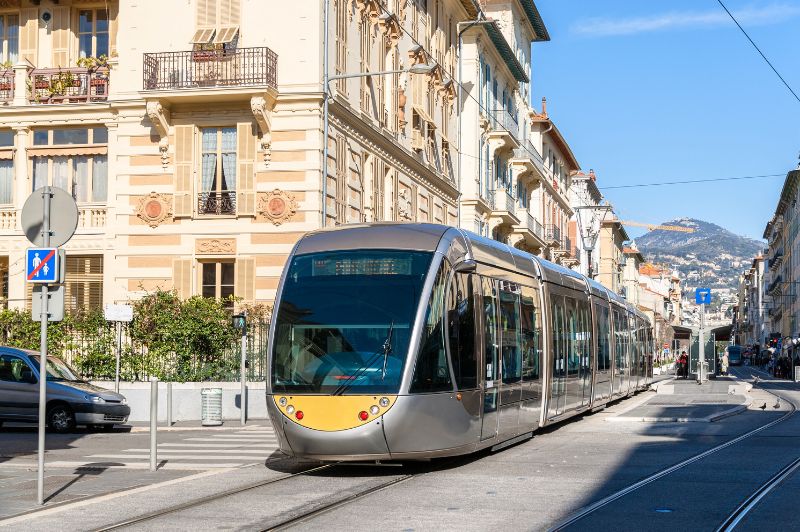Renting a Car in Southern France: When It’s Worth It (And When It’s Not)
Southern France looks compact on the map, but getting around isn’t always simple. Trains are good for some parts. Buses are spotty. A car gives you freedom, but also headaches.
For travelers trying to decide whether to rent a car, the real question is this: how far off the beaten track do you want to go?
This post breaks down when driving adds value and when it’s just extra hassle.
When You Don’t Need a Car

1. You’re sticking to the Riviera
If you’re basing in Nice, you’re covered. The local train and bus network makes day trips easy and cheap. You can get to Monaco, Menton, Antibes, Villefranche, even Eze without driving. Trains run often, and buses go where trains don’t.
2. You’re only visiting big towns
Places like Avignon, Arles, Aix-en-Provence, and Lyon are all connected by fast trains. If you’re staying in walkable towns and not planning side trips to rural areas, a car will sit parked most of the time.
3. You hate driving abroad
If you’ve never driven in Europe, France can feel stressful—narrow roads, aggressive roundabouts, fast highways, and parking issues in cities. Add the cost of tolls, gas, and insurance, and sometimes it’s just not worth it.
When Renting a Car Is Worth It

1. You want to explore villages
This is the big one. Most small towns in Provence and the Luberon are impossible or inconvenient to reach without a car. Places like Gordes, Roussillon, Les Baux, Eygalieres, and Lourmarin don’t have train stations. Some have limited or no bus service.
With a car, you can visit 2–3 villages in a day, stop for photos, pull over at viewpoints, and follow your own pace. Public transit just can’t compete.
2. You want flexibility
Trains lock you into schedules. Buses run infrequently. With a car, you’re free to change plans, take detours, or start your day late. That freedom can be worth the extra cost, especially if you like slow travel or have unpredictable days.
3. You’re visiting in the off-season

Some bus lines in Provence cut service after summer. If you’re visiting in spring or fall, a car can fill in the gaps. It also helps you reach seasonal sights like sunflower or lavender fields that aren’t close to train lines.
What About One-Way Trips?
You don’t need to drive the whole trip. Many travelers rent a car for 3–5 days just for the Provence part.
Pick it up in Nice or Avignon TGV, return it before heading to Lyon or Paris by train. Dropping the car before entering big cities saves money and stress.
Things to Know Before You Rent
If you’ve decided to rent, book your car early, especially if you need an automatic. They’re common enough in tourist hubs like Nice or Avignon, but they still go fast.
Most rental offices at major train stations are easy to access, and many travelers prefer picking up or dropping off at TGV stations to avoid driving into busy town centers.
Try not to drive directly into old towns like Arles, Aix, or Saint-Rémy. Streets are narrow, parking is limited, and GPS can get confused. Most villages and towns have nearby lots or garages where you can leave the car and walk in.
It helps to brush up on basic French driving rules. For starters, there’s no right turn on red, even if the road is clear. You’re expected to keep right on highways unless passing.
Speed cameras are everywhere, and tickets can be mailed internationally. If you’re not used to roundabouts, expect to see a lot of them! And remember that traffic already in the circle usually has the right of way.
A phone data plan or offline GPS app is essential. Road signs are decent, but some country routes get confusing fast.
Also, keep an eye on fuel. Gas stations are less frequent in rural areas than you might think.
Bottom Line
If you’re staying in cities and using the train, skip the car. But if you want to see the heart of Provence – villages, back roads, hidden spots – you’ll need one. It’s the only way to do it right. Just keep it short, avoid the cities, and enjoy the drive.
